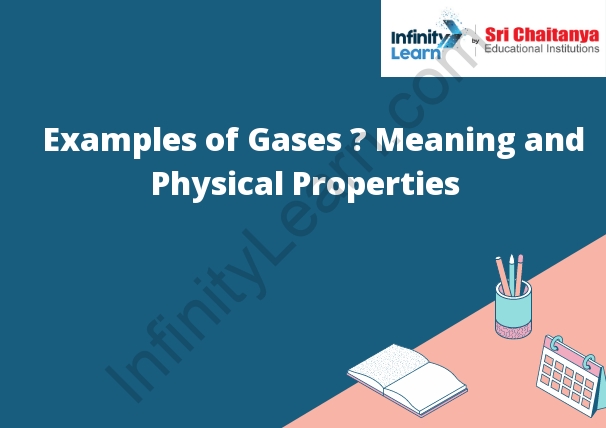Table of Contents
Examples of gases
A gas is a collection of particles that are far enough apart to move freely past one another. The particles in a gas are constantly in motion and collide with one another. Gases are usually invisible, but can be seen when they are in a liquid or solid form. Examples of Gases – Meaning and Physical Properties.

How Gases Behave
A gas behaves in a number of ways, primarily depending on its temperature. Gases can be compressed, which is when the gas molecules are forced closer together. When a gas is compressed, its temperature increases. Gases can also be liquefied, which is when the gas molecules are forced so close together that they turn into a liquid. When a gas is liquefied, its temperature decreases.
Easy Understanding of the Concept with Proper Examples of Gases:
Gases are all around us and play an important role in our everyday lives. They are found in the air we breathe, the food we eat, and the medicines we take. Gases are also used in many industrial and commercial applications.
Gases are made up of tiny particles called atoms or molecules. These particles are very small and can move around freely. They are not bound together like the particles in a solid or liquid. This is what makes gases a special state of matter.
Gases are always in motion and take up space. They spread out to fill any container they are in. This is why gases are used in so many applications. They can be compressed and stored in small spaces.
Gases are also very difficult to control. They can move around very easily and spread out quickly. This makes them difficult to use in certain applications.
There are many different types of gases. Some are made up of only one type of atom, like oxygen or nitrogen. Others are made up of different types of atoms, like carbon dioxide.
Gases are important for many reasons. They play a role in our everyday lives, in industry, and in the environment.
What is the Meaning of Gas?
The meaning of gas is a state of matter that is not solid or liquid. Gases are made of tiny particles that move around quickly and spread out to fill any space.
Physical Properties of Gases
Gases are compressible, have low densities, and are able to diffuse through solids and liquids.
Differences Between Gases and the Other States of Matter
The main difference between gases and the other states of matter is that gases have no definite shape or volume. Other states of matter, such as solids and liquids, have a definite shape and volume.
Different Applications of Gases
Some common applications of gases include:
-Gasoline and diesel fuel for vehicles
-Medical oxygen for hospital patients
-Helium for balloons
-Air for ventilation








